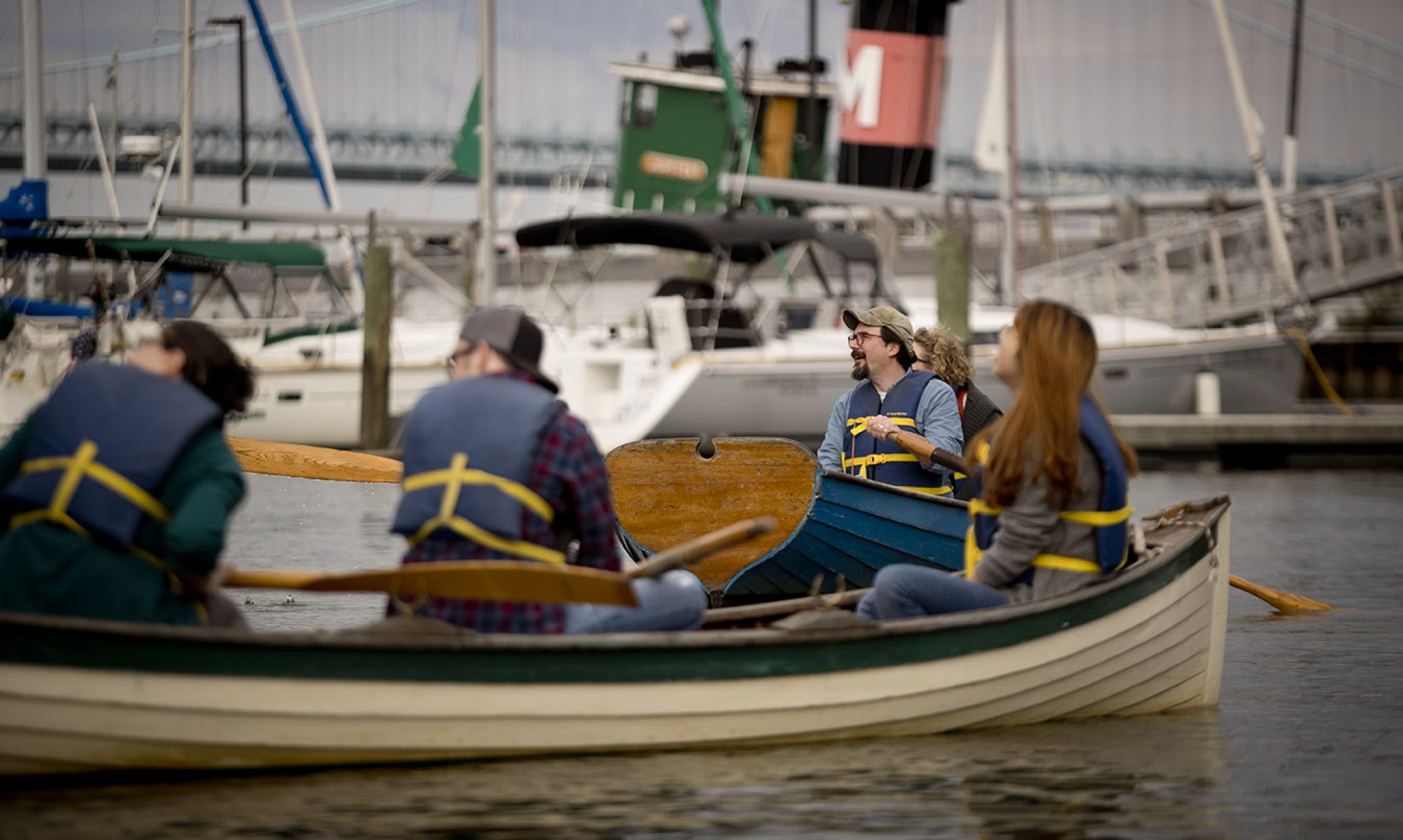I was saddened to learn recently that the seventy-five year old Hershey Museum will be trading its musty old corner of the Hershey Park Arena complex for a new high profile location on West Chocolate Avenue. The news comes late to me. Although I grew up near Hershey and cherish childhood memories of the museum, I’ve long since moved away and only recently had opportunity to visit the place after a long hiatus.
Things were pretty much as I remembered them, save for an exhibit concerning Hershey Park that included an employee uniform worn in 1990—roughly the same year I held my first summer job at the park. Despite the unease that comes with discovering one’s self in a history museum, I enjoyed revisiting Milton Hershey’s old collection of Indian artifacts and delighted in John Fiester’s miraculous apostolic clock.
I’ll miss the old Hershey Museum, but I also know that nostalgia is not reason enough to sustain it. In fact, nostalgia can be a kind of death knell in the life cycle of a history museum. We study the past toward  understanding how change over time has shaped our own historical moment. A museum that fails to convey the complexity of historical change or does not make that lesson relevant to a broad public risks becoming an artifact itself. As much as I’ll miss it, I think the old Hershey Museum may have been headed in precisely that direction.
understanding how change over time has shaped our own historical moment. A museum that fails to convey the complexity of historical change or does not make that lesson relevant to a broad public risks becoming an artifact itself. As much as I’ll miss it, I think the old Hershey Museum may have been headed in precisely that direction.
How exciting then that the M.S. Hershey Foundation is opening a new multi-million dollar museum this January. The so-called Hershey Experience promises to educate upwards of 300,000 visitors every year about the life and legacy of its famous namesake. And, with over ten thousand square feet of modern exhibit space at their disposal, I imagine that the museum’s curators are sparing no effort in making the fascinating story of Milton S. Hershey’s twentieth-century enterprise meaningful to his twenty-first century admirers.
Doing that however will take a lot of hard work and a whole lot of tact. The old Hershey Museum never really wrangled with tough issues like American economic imperialism. Milton Hershey was a committed philanthropist and truly concerned about his employees’ wellbeing. But his success also owed to a murky American foreign policy that permitted, among other transgressions, an undue hand in Cuba where Hershey owned sprawling sugar plantations. That’s a hard story to sell at a place that’s supposed to be all about fun.
But it’s an important story, one of many the Hershey Experience must tell if it is to avoid its predecessor’s fate. History museums provide a safe harbor for working out difficult issues. Confronting imperialism or, similarly difficult, remembering those Americans who were not included in Hershey’s utopian dream does not degrade our memory of the man. Rather it helps us put our own complicated times into context.
And for the millions of us struggling with rising fuel prices, corporate outsourcing, the credit crisis, or any other symptom of our nation’s ever perilous geopolitical milieu, that context reaches all the way back to the collective enterprise of Hershey and his early-twentieth-century industrial brethren. We’re lucky to have a hometown hero like Milton Hershey. But the Hershey Experience must remind us that even a little bar of chocolate carries with it global responsibilities.
